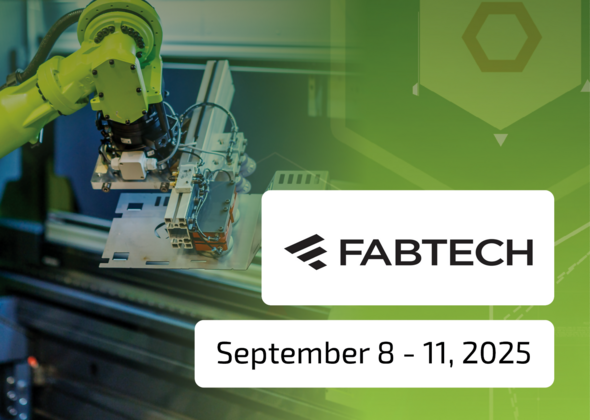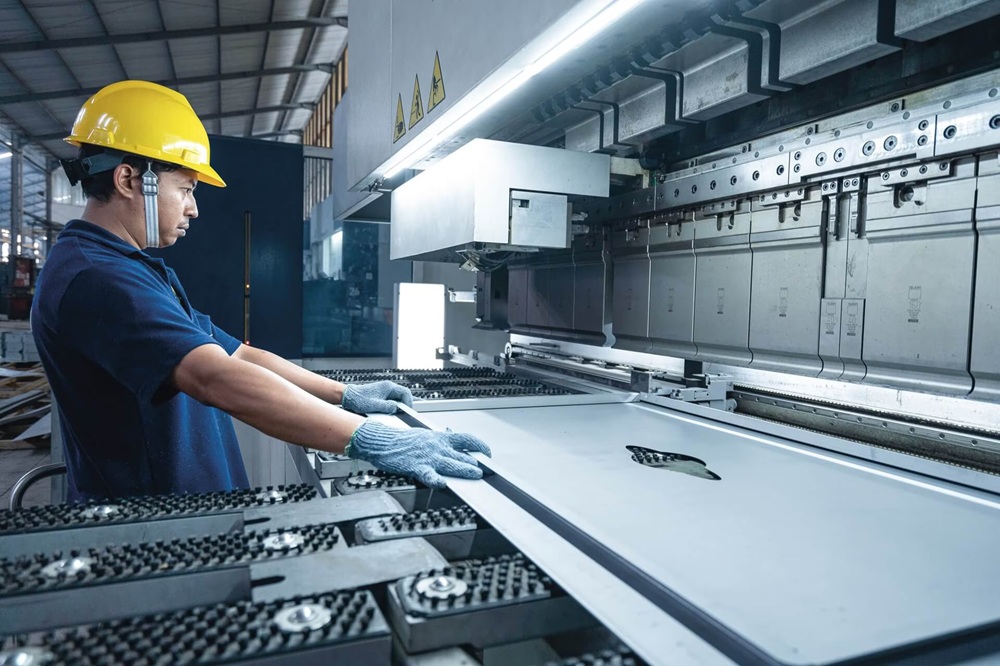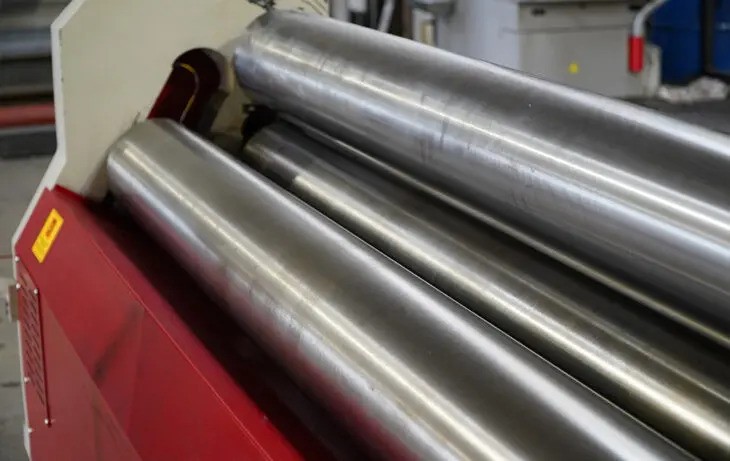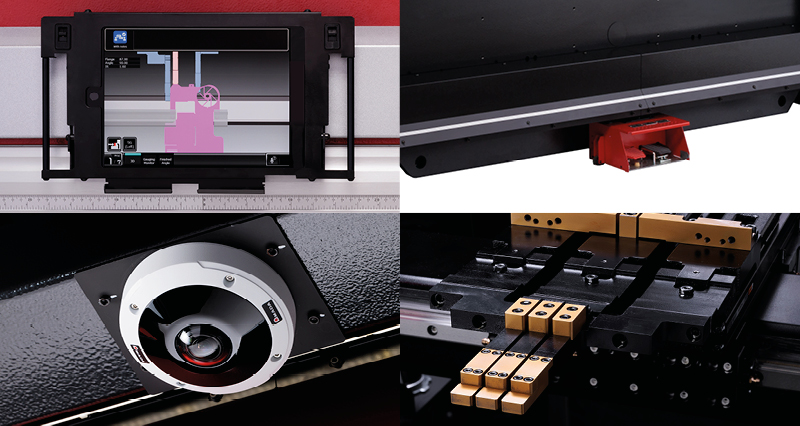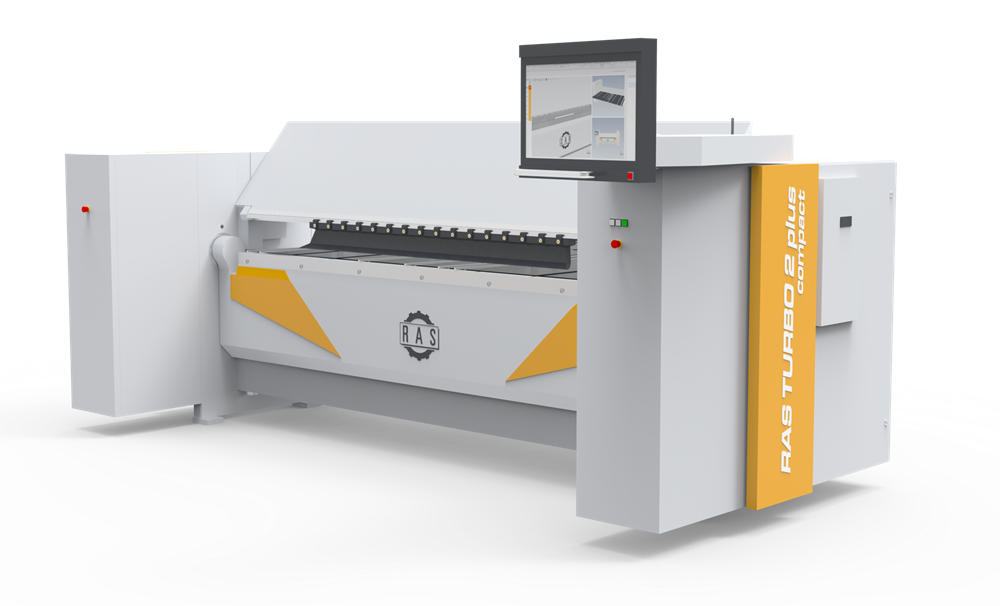At FABTECH Chicago 2025 this week (8-11 September), SafanDarley will unveil its new MultiCell robotic solution, a versatile addition to the company’s automated bending solutions. Designed for mid-sized products up to 500 x 2000 mm and press forces from 40 to 125 tonne, this compact automation system enables the bending of a wide variety of parts within a minimal footprint.
When the market starts demanding more flexible robotised bending solutions, there is need for a change of perspective. SafanDarley says it has developed the ultimate solution for the mid-sized sheet metal product range by making a cell that fits every demand. This retrofit-capable system ensures that the MultiCell stays cutting-edge, with the ability to install new technology and features as they become available, safeguarding investments for the long term.
Also on display at FABTECH Chicago (Stand A1131) will be the E-Brake 35T Ergonomic — a stand-alone electric press brake that delivers precise bending for small, complex parts. It offers high efficiency and optional automation for rapid product changeovers.
With the Ergonomic implementation, the press brake and its operator work as one. The operator is surrounded by a support table, which is especially beneficial when bending large quantities. The ergonomic ease of operation is optimised because the seating position can be fully adjusted as desired, increasing productivity.
The control system of the new machine is equipped with a new design and is industry 4.0 ready, which means that it can communicate with external systems. Both systems feature SafanDarley’s software tools – including AutoPol, RoboBend and ASC-control – designed for intuitive operation that is accessible to all skill levels.
More information www.safandarley.com






